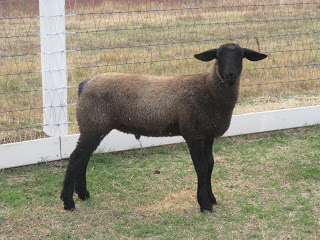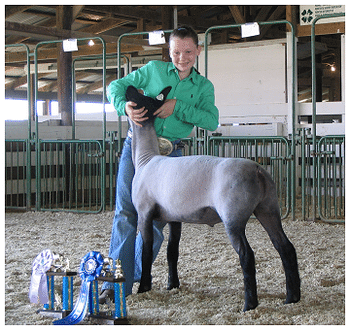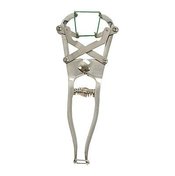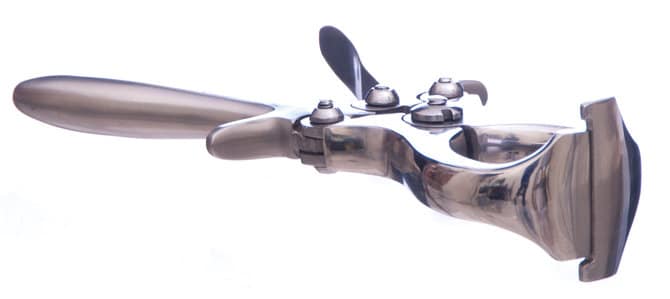If you’ve ever asked yourself “What is a wether?” the answer is pretty simple: a wether is a male sheep castrated before sexual maturity. The term wether is also used to describe a castrated goat and on farms which breed club lambs (lambs bred for shows which emphasize carcass quality), the female sheep which are the mothers of these lambs are sometimes referred to as “wether dams.”

Definition of Wether
It can sometimes be tricky to distinguish wether (a term for a castrated male sheep) from other words which sound the same.
To help here is the definition of wether sheep alongside some of the other words which sound similar.
Wether vs Weather vs Whether
| Word | Part of Speech | Definition | Used in a Sentence |
|---|---|---|---|
| Wether | noun | A castrated male sheep. | We turned the wethers out with the ewe lambs in the paddock. |
| Weather | noun | The state of the atmosphere at a specific place and time. | Do you know what the weather will be like today? |
| Weather | verb | To come safely through a storm. | She has had a rough time, but will weather anything that comes her way. |
| Whether | conjuntion | Expressing a doubt or choice between alternatives. | He couldn’t decide whether to go or stay. |
Why Castrate a Ram?
There are several reasons why shepherds choose to castrate a ram and make him a wether.

Once castrated, a ram is generally more docile, easy to handle, and less aggressive due to his lower levels of testosterone. If you aren’t intending to use a ram for breeding purposes, this can make him much easier to deal with around the farm.
Not only that, on smaller hobby farms it’s an appealing option. A castrated ram doesn’t have to be separated from your ewes. This can reduce the number of paddocks or pens you have to clean and maintain, making it easier to manage your flock.
In the case of club lambs which are often slick-shorn, castrating your lambs makes it much easier to offer a clean presentation with nothing to distract from the heavy muscling on the lambs hind-quarters. It also simplifies management of a large number of lambs raised for meat – all wether and ewe lambs can be run together for their entire lives, simplifying management.
How do You Castrate a Sheep?
There are several tools and methods that shepherds can use to castrate a ram lamb and make him a wether. These include:
- using an Elastrator,
- using a Burdizzo Emasculator, and
- surgical castration.
Using an Elastrator to Castrate Sheep

An Elastrator (pictured, right) places a rubber band around the neck of the scrotum. This prevents circulation and causes the tissue to die within a few minutes. Within 2-3 weeks the lamb’s scrotum will fall off.
It is important when using an elastrator that both testicles be below the band within the scrotum. If one of the testicles is not below the band it will be retained within the ram’s body. If this happens, the ram will not be rendered sterile.
Using a Burdizzo Emasculator to Castrate Sheep
Alternately, a tool called a Burdizzo Emasculator (pictured below) can turn a ram lamb into a wether via castration. This tool crushes the spermatic cord. This destroys the blood supply to the testicles which causes them to shrivel up and die.

If you are performing a castration with this tool it’s important to crush each cord separately and to use an emasculator designed for sheep or goats – not one which is designed for cattle.
About Surgical Castration of Sheep
The final option which may be employed to castrate a ram lamb is surgical castration. In this method a scalpel or sharp knife removes the bottom 1/3 of the scrotum. The testicles are then removed. The wound is left open to heal naturally.

It’s extremely important with this method to use sterile tools and keep the area clean. Surgical castration is the most painful and the most likely procedure to result in infection or fly strike.
Generally castration with an Elastrator or Emasculator will cause short-lived pain and these are the methods we recommend if you are going to castrate ram lambs.
No matter which way you choose to castrate your rams to make them wether sheep, do so before the lambs are 6 weeks of age.
Related Reading:

